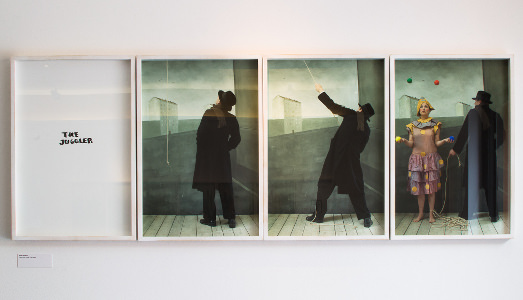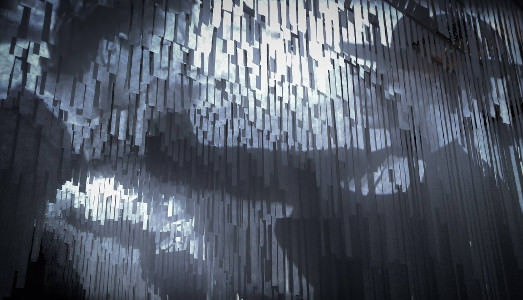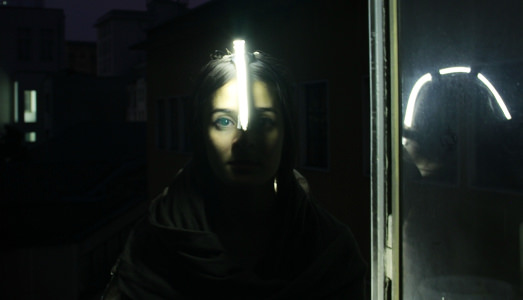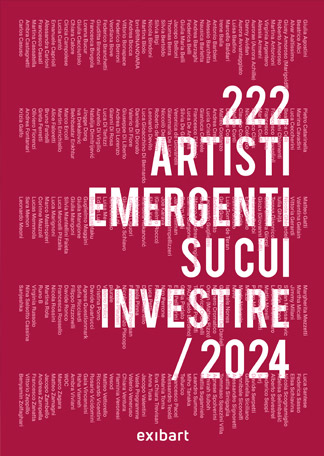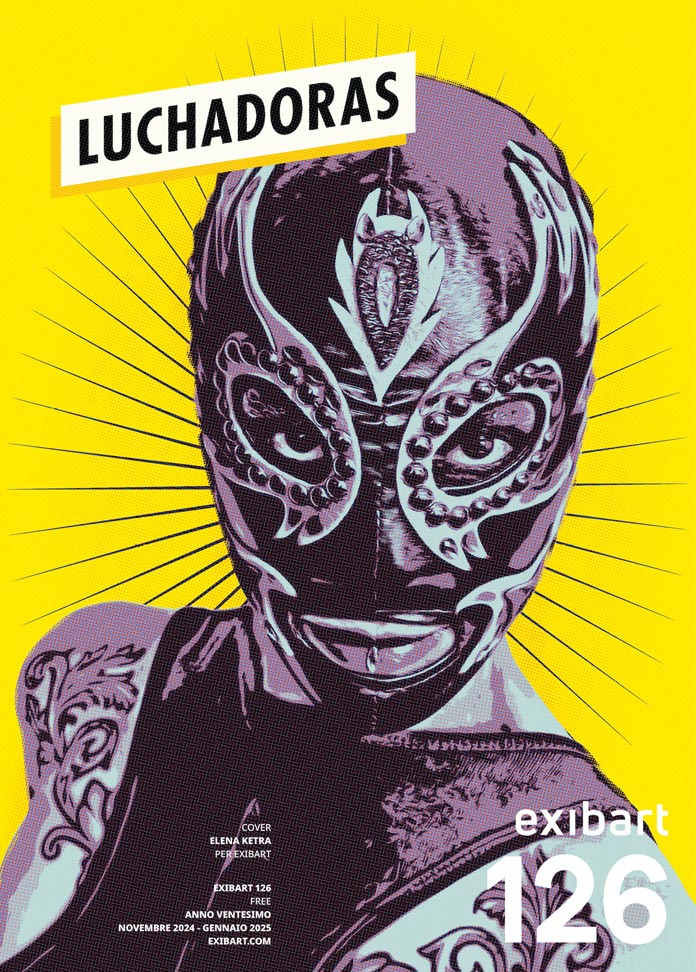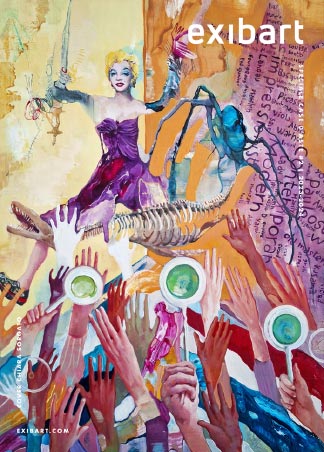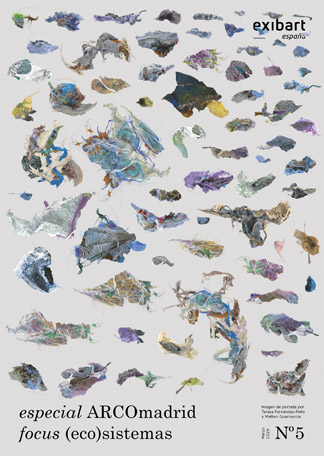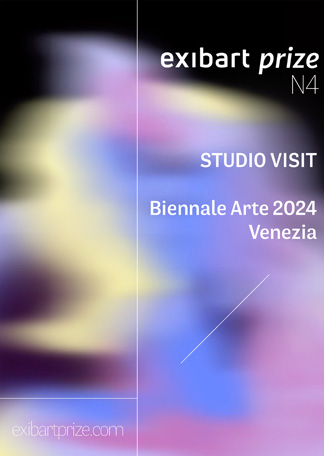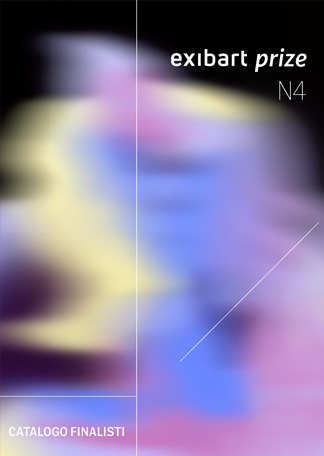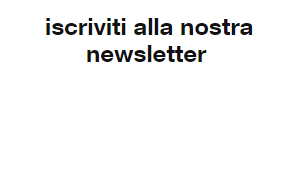-
- container colonna1
- Categorie
- #iorestoacasa
- Agenda
- Archeologia
- Architettura
- Arte antica
- Arte contemporanea
- Arte moderna
- Arti performative
- Attualità
- Bandi e concorsi
- Beni culturali
- Cinema
- Contest
- Danza
- Design
- Diritto
- Eventi
- Fiere e manifestazioni
- Film e serie tv
- Formazione
- Fotografia
- Libri ed editoria
- Mercato
- MIC Ministero della Cultura
- Moda
- Musei
- Musica
- Opening
- Personaggi
- Politica e opinioni
- Street Art
- Teatro
- Viaggi
- Categorie
- container colonna2
- container colonna1
Rubrica/Assoloshow Jackson Sprague/Edward Thomasson
parola d'artista
Due artisti britannici, entrambi nati negli anni ’80. Uno si mette in mostra alla Horton di Berlino. L’altro, espone a Roma, da Furini…
My current practice focuses on systems of contemporary survival and their relationship to performing and performance. I use drawing as a way of working through thematic shifts that are later developed into narrative video works. The most recent series of drawings, Voluntary Working Relationship (2010-2011), looks specifically at what can be achieved through collective involvement in groups and gatherings. This series has underpinned the construction of the three video works I have completed over the last twelve months: Touching (2010), Throwing Stones (2011) and Escape (2011). These videos, which are performed by actors, all look at how individuals engage in group activities as a way of affirming to themselves that there is something beyond the limits of their own bodies. Music also plays a central role in the video’s construction; I work with a composer, Alex Morgan, to construct songs for which I write the lyrics. These songs are recorded and performed by the actors in the videos and become a part of the action. Find A Problem To Solve (2008), the video that forms the centrepiece of my exhibition at Furini Arte Contemporanea, Rome, is an example of this process. Filmed in non-descript rooms that refer to institutional environments such as community halls, leisure or therapy centres, and constructed sets that resemble simplified indoor and outdoor spaces, these narrative works re-enact strategies and mechanisms common to television plays, instructional videos and musicals. I also work collaboratively with Lucy Beech on live works that explore initiations of performance in non-theatrical environments.
Attualmente il mio lavoro si focalizza sui sistemi che regolano la sopravvivenza contemporanea all’interno della comunità e sui rapporti fra gli individui nel loro divenire e concretarsi. Utilizzo il disegno come mezzo per lavorare con tematiche in costante evoluzione che poi vengono sviluppate fino a diventare materiale narrativo per le mie opere video. La mia più recente serie di disegni , “Voluntary Working Relationship “, riguarda in maniera specifica ciò che può essere conseguito attraverso il coinvolgimento collettivo tramite gruppi e raduni. Questa serie ha costituito la base per le tre opere video che ho completato negli ultimi dodici mesi: “Touching”, “Throwing Stones” e “Escape”. I video sono interpretati tutti da veri attori e riflettono sul come alcuni individui partecipano alle attività di gruppo per affermare a se stessi e il concetto che c’è qualcosa al di là dei limiti dei propri corpi. Anche la musica gioca un ruolo centrale all’interno della loro struttura: collaboro infatti con un compositore, Alex Morgan, per comporre brani per i quali io stesso scrivo le parole. Brani registrati e interpretati dagli attori coinvolti, che divengono poi parte dell’azione stessa. “Find A Problem To Solve” è il pezzo centrale della mia esposizione romana ed è uno dei video che esemplifica meglio il processo di cui sto parlando: i filmati sono realizzati in stanze dalle caratteristiche anonime, alludendo a certi ambienti istituzionali come i centri ricreativi, di terapia, oppure i luoghi comunitari. Dal punto di vista narrativo, questi lavori ricostruiscono meccanismi simili alle rappresentazioni televisive e ai video informativi o musicali; collaboro anche con Lucy Beech, per la creazione di opere live che esplorano la performance negli ambienti non teatrali.
dal 6 gennaio al 18 febbraio 2012
Jackson Sprague – Interview group show
Horton Gallery
Alexandrinenstraße 4 D – 10969 Berlin – Germany
Orario: dal giovedì al sabato ore 12-18 e su appuntamento
Info: tel. +49 176 9907 4842 – info@hortongallery.com– hortongallery.com
dal 21 gennaio al 3 marzo
Edward Thomasson – Find A Problem To Solve
Furini Arte Contemporanea
via Giulia 8 – 00186 Roma
Orari: martedì-venerdì 14-19 e sabato 15,30-19,30
Info: tel. +39 06 68307443 – info@furiniartecontemporanea.it– www.furiniartecontemporanea.it





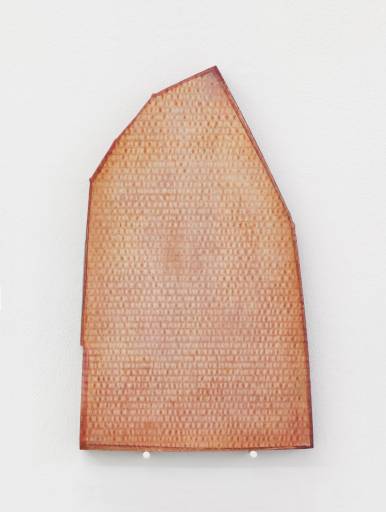
.jpg)
.jpg)
